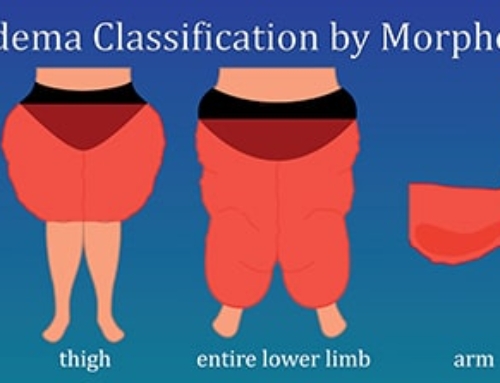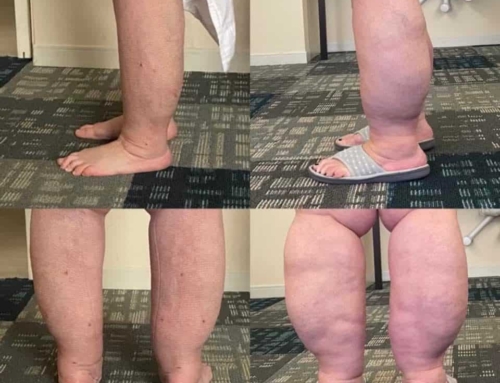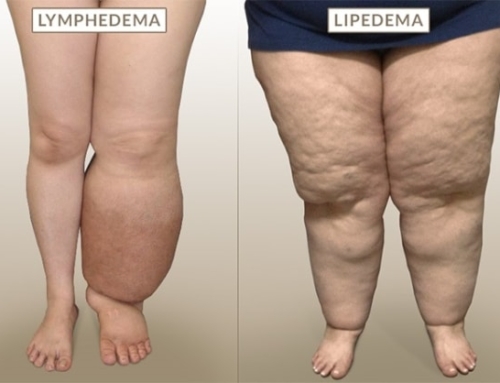
Lipedema is a medical condition that is characterized by the abnormal accumulation of fat cells in the subcutaneous tissue. The condition typically affects the limbs, but can also affect the trunk, breast, and buttocks. It is often symmetrical, affecting both sides of the body equally.
Lipedema is a progressive condition that can lead to serious complications, such as lymphedema, if left untreated. Early diagnosis and treatment are essential for managing the condition and preventing long-term complications.
If you suspect that you or someone you know may have lipedema, it is important to seek medical help. Keep reading to learn more about this condition and how it can be effectively treated.
Causes of Lipedema
It is still unclear what causes lipedema, as there is no known immediate cause. Lipedema is believed to be hereditary and is typically diagnosed in early adulthood. Several factors can possibly contribute to the development of the condition, including hormonal imbalances, pregnancy, and certain medical conditions.
Hormonal imbalances during adolescence can often cause fluid retention and hormonal changes that may lead to lipedema. During pregnancy, the body undergoes many changes, some of which may contribute to the development of lipedema. Lastly, certain medical conditions such as diabetes, cardiovascular disease, or varicose veins can contribute to the development of lipedema. Although these are potential causes of lipedema, it is important to note that the condition can still develop without any of these contributing factors.
The Link between Lipedema and Obesity
There is a misconception that lipedema is related to obesity, when in reality there is no scientific link between the two. Being overweight may exacerbate the symptoms of lipedema but it is not the source of the condition.
Lipedema is an independent condition and the accumulation of fat usually occurs symmetrically and bilaterally on the legs and hips. It is important to note that lipedema is not caused by lifestyle choices, such as diet or exercise. It is often misdiagnosed as obesity when in reality, the fat cells associated with lipedema are much smaller than those seen in obesity.
In addition, the fat associated with lipedema does not respond to typical weight loss tactics and is typically resistant to exercise and diet. It is important to be aware of the differences between lipedema and obesity in order to obtain the most accurate diagnosis and best treatment for the condition.
Lipedema Treatment
Lipedema is a condition which can cause chronic swelling and pain in the legs and buttocks. Treatment of lipedema involves a combination of methods such as diet, exercise, compression therapy, and fat reduction treatments.
Dr. Marcia Byrd has had tremendous success using her customized surgerical techniques to remove lipedema fat. She is able to reduce accumulations of large fat cells. In addition, lymphatic drainage massage can help manage the swelling, promote blood flow, and stimulate lymphatic drainage.
Diet and exercise are the foundation of lipedema management. Eating a healthy and balanced diet is important. Exercising regularly will also help maintain a healthy weight, reduce fat cells, and increase muscle mass. Along with diet and exercise, compression therapy can help reduce the swelling caused by lipedema. Compression garments are worn around the affected areas to help reduce swelling and improve circulation.
In more severe cases, fat reduction procedures such as liposuction and laser therapy may be used to reduce accumulations of large fat cells. In addition, lymphatic drainage massage can help manage the swelling, promote blood flow, and stimulate lymphatic drainage.
Due to long term swelling, those with lipedema are also prone to other conditions, such as skin infections, ulcerations and limb disfigurement. It is important to see a doctor regularly in order to manage any potential side effects and to develop the best treatment plan for managing lipedema.






